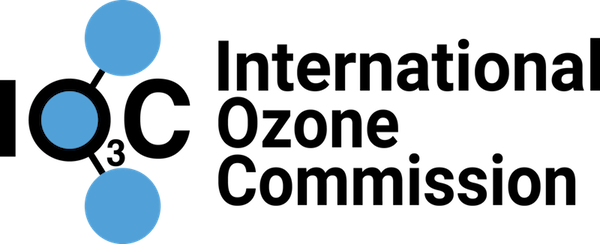September 16th is the International Day for the Preservation of the Ozone Layer, celebrating the 1987 anniversary of the Montreal Protocol on Substances that Deplete the Ozone Layer. The Montreal Protocol is the globally ratified treaty that controls the production and consumption of ozone depleting substances (ODSs) and many replacements for these substances.
The theme of the International Day for the Preservation of the Ozone Layer on 16 September 2020 is: “Ozone for life: 35 years of ozone layer protection”. This 35-year period marks the adoption of the Vienna Convention for the Protection of the Ozone Layer. The Convention mandates a worldwide ozone research effort to understand and measure the Earth’s critically important ozone layer. Significant anomalous Antarctic and Arctic ozone events in the 2019-2020 period demonstrated the necessity of these ongoing measurements and associated research.
The Antarctic ozone hole in September-October 2019 was relatively small compared to the very large and deep ozone holes observed in the 1990-2010 period. The ozone hole occurs every year since the early 1980s and is caused by high levels of human-produced Ozone Depleting Substances (ODS) in our atmosphere. ODS concentrations are still high enough to cause severe spring-time ozone destruction, and the gradual decline of ODSs is contributing to an improvement of Antarctic ozone levels. However, the main cause of the weak 2019 hole was the very active meteorological conditions in the AugustSeptember 2019 period compared to prior years. This active stratospheric meteorology drove an early shut-down of the ozone depleting conditions. The origin of this abnormal meteorology is an ongoing research topic.
In sharp contrast, Arctic ozone depletion, which is generally much weaker than its Antarctic counterpart, was particularly severe in the spring of 2020. This depletion was caused by a combination of factors that primarily arose due to unusually weak stratospheric meteorological weather events in the December through March period compared to all prior years. Typically, these events drive movements of ozone-rich air through the polar vortex. The lack of weather events led to an unusually strong and cold Arctic polar vortex during the 2019-2020 winter, and a lack of ozone transport. The combination of prolonged cold temperatures (enabling strong ozone depleting reactions) and lack of ozone transport caused this rare large Arctic ozone depletion.
Total atmospheric ODS levels continue to decrease around the world according to the findings of the Scientific Assessment of Ozone Depletion: 2018 [WMO/UNEP, 2018] although the decrease of CFC-11 levels, one of the main ODS, has slowed in recent years. The 20-year atmospheric ODS decline contributes to the improvements observed for the ozone hole. Without measurements and scientific analysis, the slowing in the decrease of CFC-11 would not have been detected.
Our ability to follow significant ozone events is crucially dependent on satellite, balloon, and groundbased ozone observing systems. Maintenance and continuation of ozone and ancillary observations is vital for improving our understanding of interactions between climate change and ozone depletion, for ozone layer recovery studies, and for research into potential future impacts on the ozone layer. The events of 2019-2020, coupled with the celebration of the Vienna Convention’s 35th Anniversary help us recall the Convention’s Article 3: “The Parties undertake to promote or establish, … , joint or complementary programmes for systematic observation of the state of the ozone layer and other relevant parameters.” The Vienna Convention’s foresight allows scientists to closely follow and understand our changing ozone layer.
Due to the current COVID-19 pandemic, the 2020 Quadrennial Ozone Symposium, which was to be held in Seoul, South Korea on 5-9 October 2020, has been postponed to 2021 during the same period.

